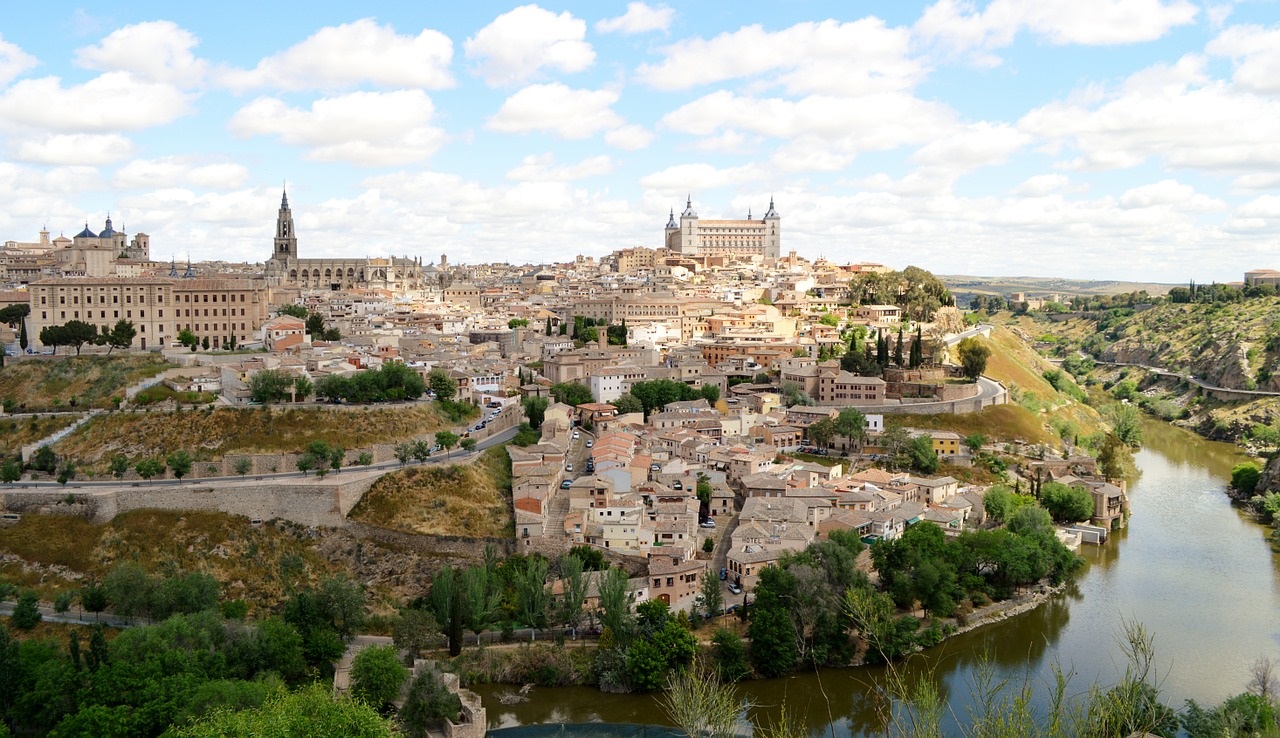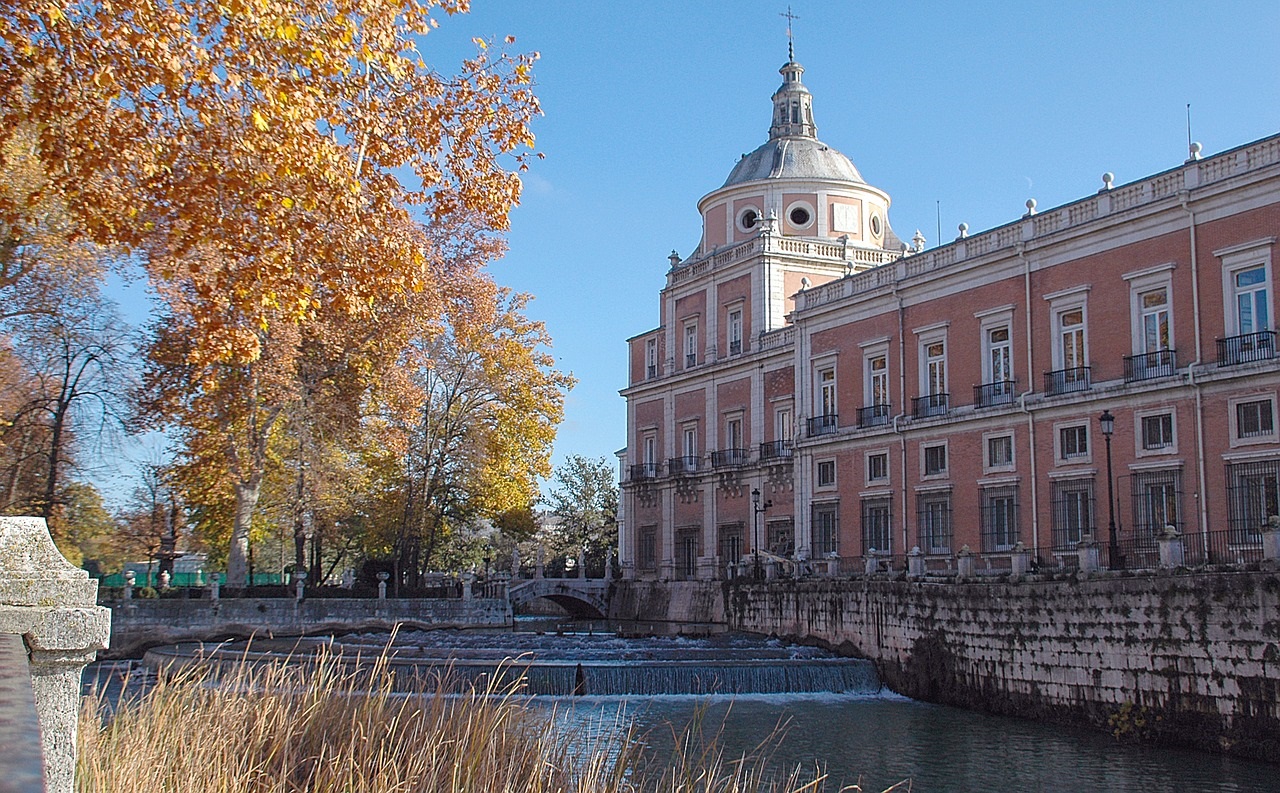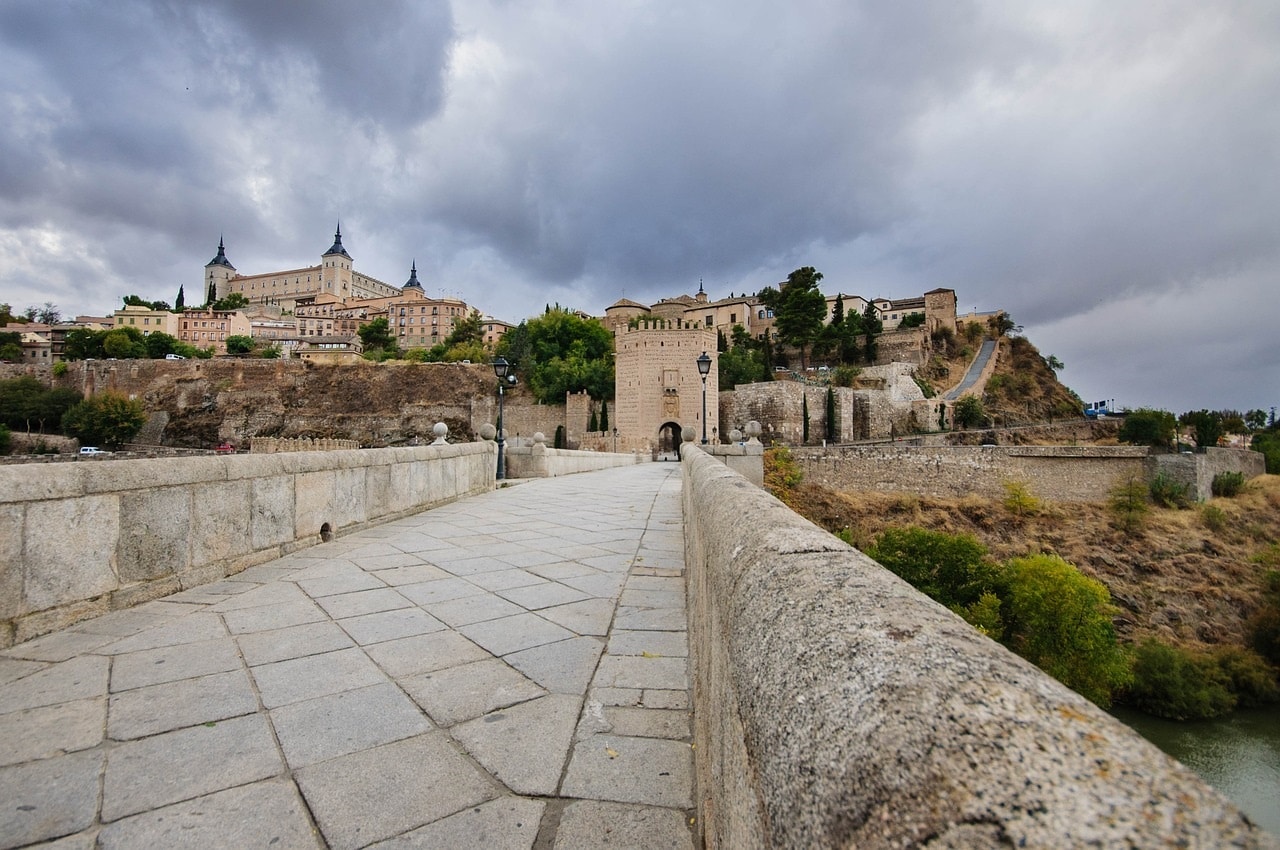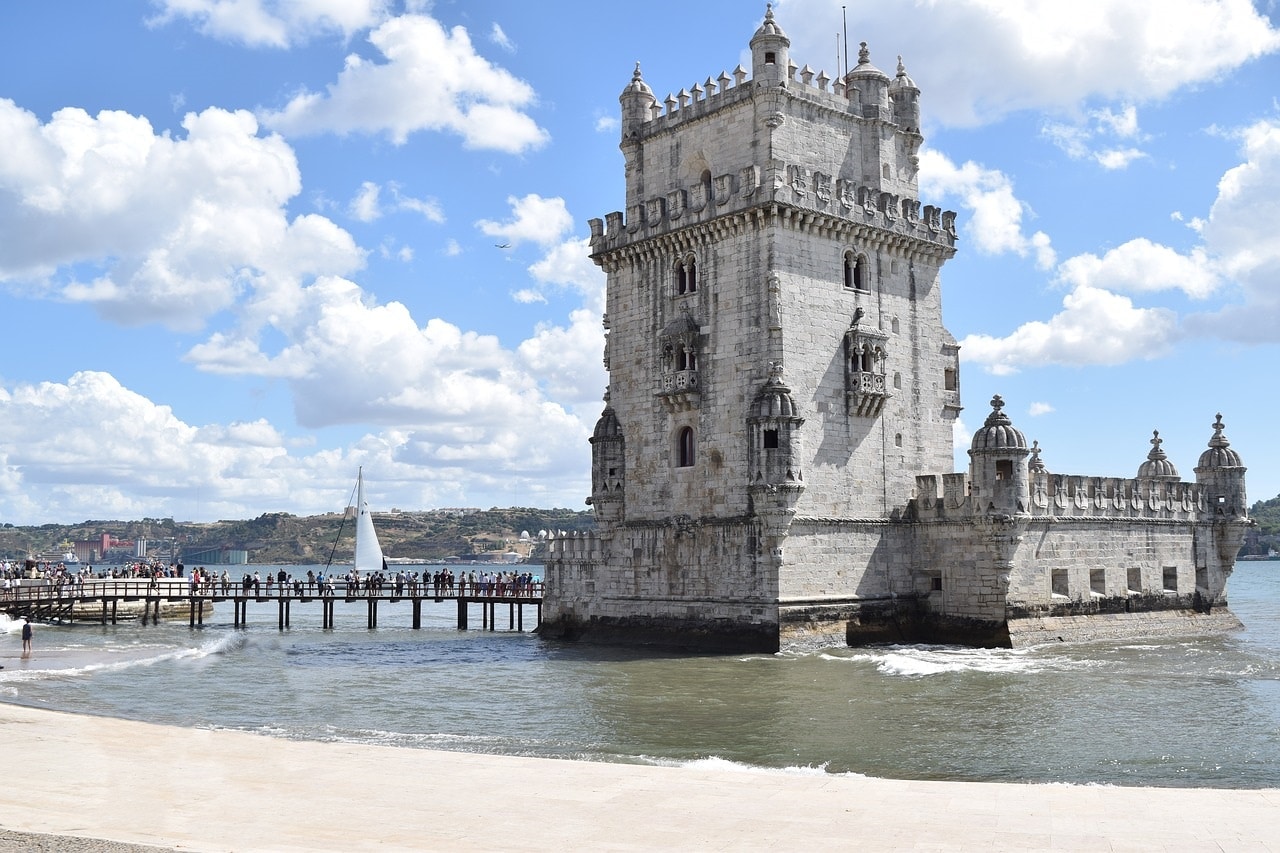
In our particular tour of Spain, we propose a trip along the tagus river, on whose banks there are beautiful cities, incredible landscapes, magnificent gastronomy and an extraordinary monumental heritage.
Since its source in the Sierra de Albarracín de los Montes Universales, in Teruel, the Tagus runs transversely through the Iberian Peninsula for 1008 kilometers. Of these, 816 are through Spanish territory and the rest through Portuguese lands to flow into Lisbon, specifically forming the Mar de la Paja estuary. Despite such a long road, there are not many cities that it bathes, but they are all worth visiting. We are going to tell you about them.
Aranjuez: a Royal Site bathed by the Tagus River
The beautiful Madrid town, known as the Royal Site of Aranjuez Being a place where Spanish kings spent long periods of time, it has a lot to show you. Thus, the Royal Palace, built by order of Felipe II in the XNUMXth century.
Although its construction was started by the architect Juan Bautista de Toledo, he died without finishing it. For this reason, the works lasted for many years until their final culmination in the time of Carlos III. Throughout that time, architectural masters such as Juan de Herrera and Francisco de Sabatini participated in the construction.
More impressive if possible are the gardens surrounding the palace. These are true masterpieces of gardening full of monumental fountains, statues and even buildings like the famous Labrador House, a neoclassical palace located in the Prince's garden.
And, since you are in Aranjuez, do not forget to try the extraordinary products of its garden. Especially famous are asparagus and strawberries, as well as dishes prepared with them. For example, pickled partridge with strawberry.

Image of the Royal Palace of Aranjuez
Toledo: pure history
If Aranjuez is monumental, Toledo is even more so, the most important city that bathes the Tagus River if we except Lisbon. It was the capital of the Spanish-Visigothic kingdom and later Culture crucible, since the Christian, the Jewish and the Arab coexisted in it.
Its rich history has bequeathed us numerous must-see monuments (in fact the entire city was Heritage in 1986). It is the case of its walls And, in these, magnificent doors, like the one of the Sun, of Mudejar style; that of Cambrón, Renaissance, and the new and old of Bisagra.
But even more impressive is the Cathedral of Santa María, considered one of the Gothic peaks in our country. Do not forget to enter it, as its interior houses jewels such as the tomb of Cardinal Mendoza and the chapels of the New Kings, Mozárabe, Epiphany or Santiago.
Toledo also has numerous palaces. Between them, you have to see Galiana's, built in the XNUMXth century by King Al-Mamun and therefore a jewel of the Mudejar; that of Fuensalida and the Posada de la Santa Hermandad, both from the XNUMXth century, or the so-called Casa del Temple.
On the other hand, you should know that the nerve center of monumental Toledo is the Zocodover square. A part of it was built by Juan de Herrera, but it also preserves samples from the Arab period. One of its entrances is the so-called Arco de la Sangre and a tourist train departs from one of its sides that runs through the main streets of the old town.
The quarterdeck
If there is an imposing building in Toledo, it is the Alcázar, to the point that it is visible from far away. Its construction dates from the times of Alfonso VI of Castile, although it has undergone numerous extensions and restorations. The last one was after the Civil War, since during this it had been practically destroyed. Throughout the centuries it has been a palace, accommodation for kings, barracks and military academy. Currently, you can find in the Alcázar the Army Museum.
Finally, you should not leave Toledo without trying typical dishes such as cochifrito, carcamusas (lean pork with vegetables), migas or beans with partridge. But they have special fame the marzipans, which even have a designation of origin.

Image of Toledo
Talavera de la Reina and its ceramics
Without leaving the province of Toledo you will find Talavera de la Reina, founded in Roman times with the name of caesarobriga. In this city you can see monuments such as the walls and its albarrana towers, the Huerto de San Agustín, an Arab fortress, and the Basilica of Our Lady of the Prado, a Renaissance marvel decorated inside with priceless ceramic elements.
Because, if there is something Talavera is famous for, it is because of its ceramics, whose origins date back to the Muslim era. It is considered one of the best in the world.
Do not leave the city without trying their veneers, some small beans stewed with vegetables and chorizo; the pisto talaverano and, for dessert, the pout, a cream based on milk, cinnamon and sugar.
Lisbon: the mouth of the Tagus river
We finish our trip along the Tagus River in the city where it ends: Lisbon. This offers you natural wonders such as the Mar de la Paja estuary, which forms the river itself when it goes out to sea and that we have already mentioned.
But, above all, you will find precious monuments in Lisbon. To begin with, the cathedral of Santa María la Mayor, built between the XNUMXth and XNUMXth centuries following the late Romanesque canons. And also him Convento do Carmo, whose ruins are impressive due to the earthquake that struck the city in 1755.
However, the most emblematic building in Lisbon is perhaps the Castle of San Jorge, whose origins go back to a Visigothic construction of the XNUMXth century. Do not miss the extraordinary views of the city that can be appreciated from this building.
The castle is one of the monuments of the Alfama neighborhood, considered the oldest and also one of the most typical of Lisbon. In fact, if it weren't for tourism, it would seem like an independent town where all its inhabitants know each other. In it there are viewpoints such as Santa Lucía and Portas do Sol, where you will get wonderful photographs.

Photo of the Torre de Belém
On the other hand, in Alfama is the National Panteon, a building that you will easily distinguish by its huge white dome and where are the cenotaphs of Luis de Camôes and Vasco de Gama, among other figures in the history and letters of Portugal.
Likewise, on Tuesdays and Saturdays the Flea Market, a large market where you can find almost everything. And, if you are looking for something typical of Lisbon, be sure to take one of the funiculars that connect the lower part of the city with the higher ones. Between these trams, that of Gloria and that of Bica.
Finally, at the mouth of the Tagus is the Torre de Belém, a jewel of the Manueline style (Portuguese variation of the late Gothic). And, to taste Lisbon gastronomy, ask for the cod pataniscas, a kind of donut made with this fish; the Horta fish, which are not fish but fried bean balls, and the Belém cake, whose recipe is supposed to be secret.
In conclusion, as you can see, a trip along the Tagus River offers you a lot, from history and monuments to exquisite cuisine. And that we have only told you about the most important places it passes through.